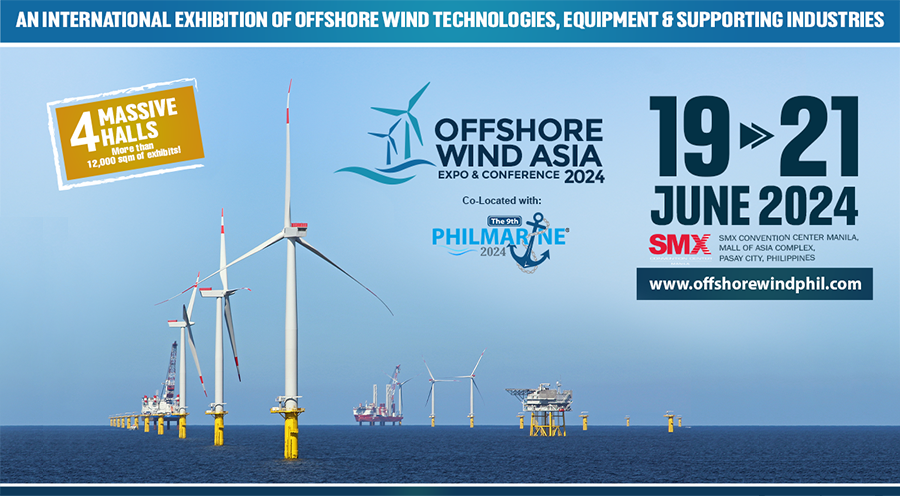The Wholesale Electricity Spot Market’s (WESM) new trading mechanism will soon allow distribution utilities (DUs) and retail electricity buyers to opt for demand-side bidding at a price they prefer.
Julius Bunyi, manager for Corporate Strategy and Program Management of the Independent Electricity Market Operator of the Philippines (IEMOP), said that demand-side bidding will be the next feature that will be innovated at the WESM in the next two years.
IEMOP is WESM’s operator.
The demand-side bidding allows electricity buyers from WESM to dictate on the price and volume that they plan to purchase. This is seen to tame the pricing volatilities in the spot market.
Simply said, DUs or customers under the Retail Competition and Open Access policy can decide if they want to become active spot market participants by setting at what price they are willing to purchase electricity and how much they would have to source.
Trading in the WESM is only done on the supply side for now, meaning only power generation companies (gencos) have been making capacity offers at corresponding prices in the spot market.
DUs, however, are calling for harmonization of policies in relation to the implementation of demand-side auction in the spot market, so this will not contradict their mandate to provide sufficient power supply to customers.
Manila Electric Company (MERALCO) Vice President and Head of Utility Economics Lawrence Fernandez said that if the DUs will set the price on capacity they will be procuring, there are gencos that might be unwilling to sell at a particular cost.
Aside from the new mechanism, IEMOP is also looking at establishing a market for ancillary services (AS) to boost investment and ensure transparency in the system.
IEMOP said the planned reserves market aims to encourage investors to build facilities which address AS requirements and the phase one of the project is scheduled to be implemented this year.
The reserve market will also incentivize gencos to establish facilities in order to cater to the government’s AS requirements, as stated in Republic Act 9136 or the Electric Power Industry Reform Act (EPIRA). Relative to this, the Department of Energy (DOE) released its AS policy in 2019.
Simply said, AS acts like a spare tire designed to keep electricity flowing in the grids even if major power plants suddenly shut down.
The DOE’s AS policy is now the subject of a word war between the department and the National Grid Corporation of the Philippines in the wake of the Red Alerts in Luzon two weeks ago.
Photo from IEMOP website.


